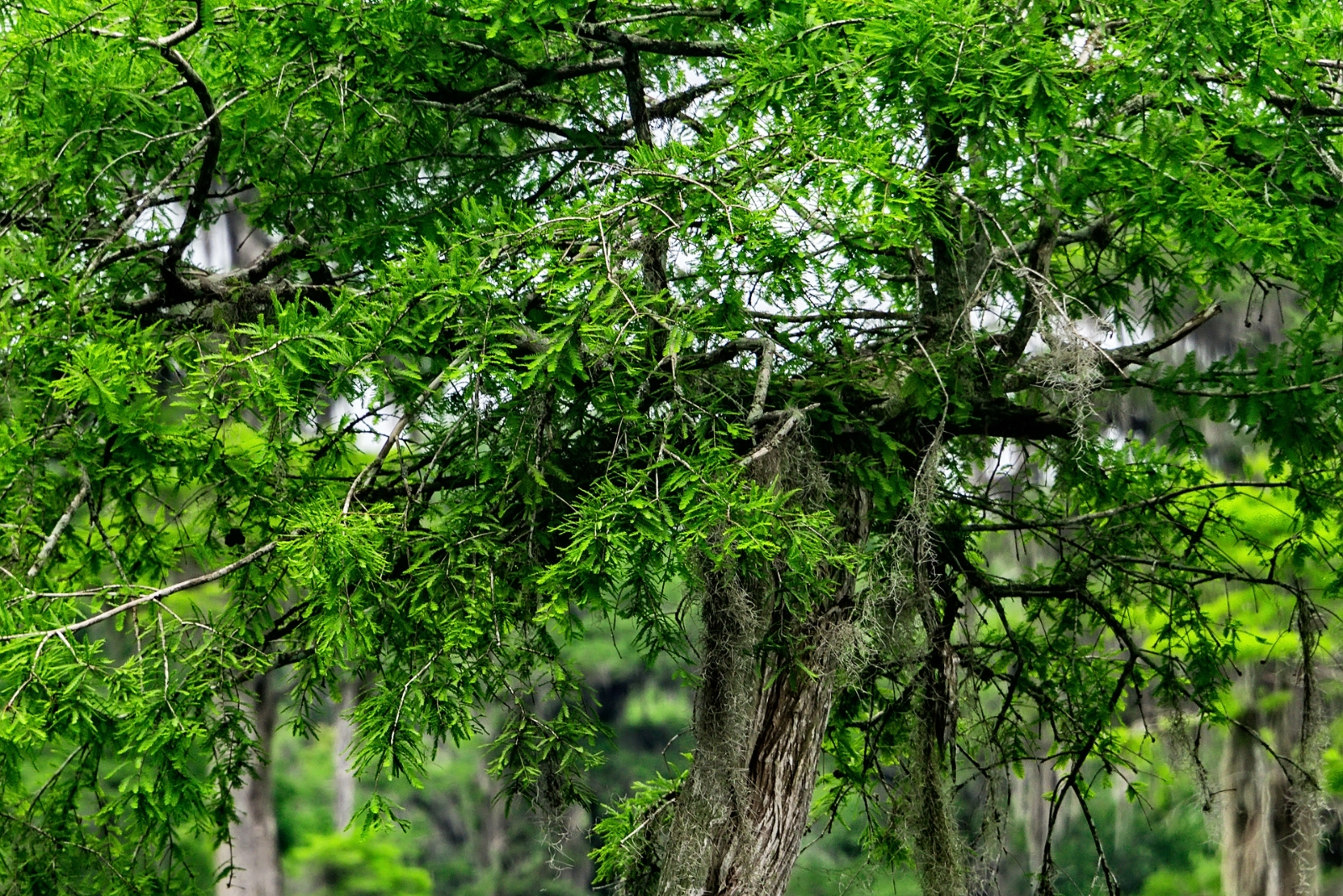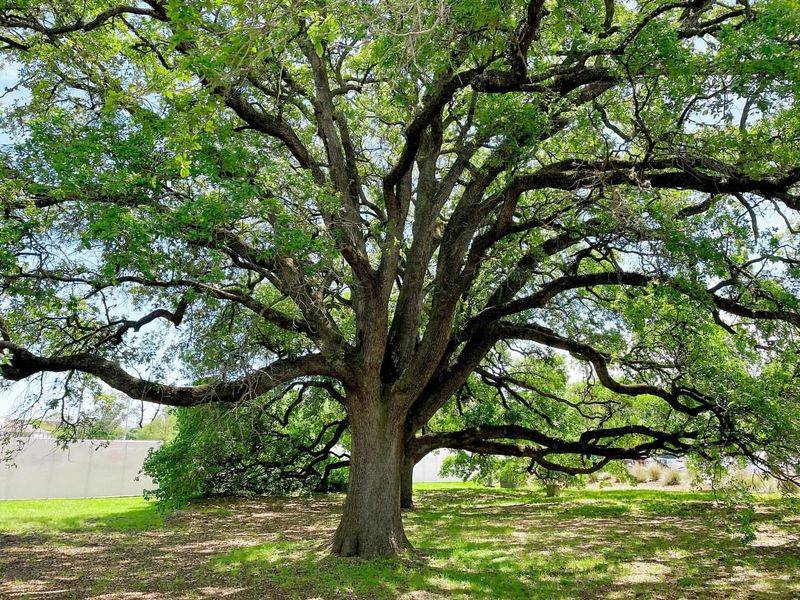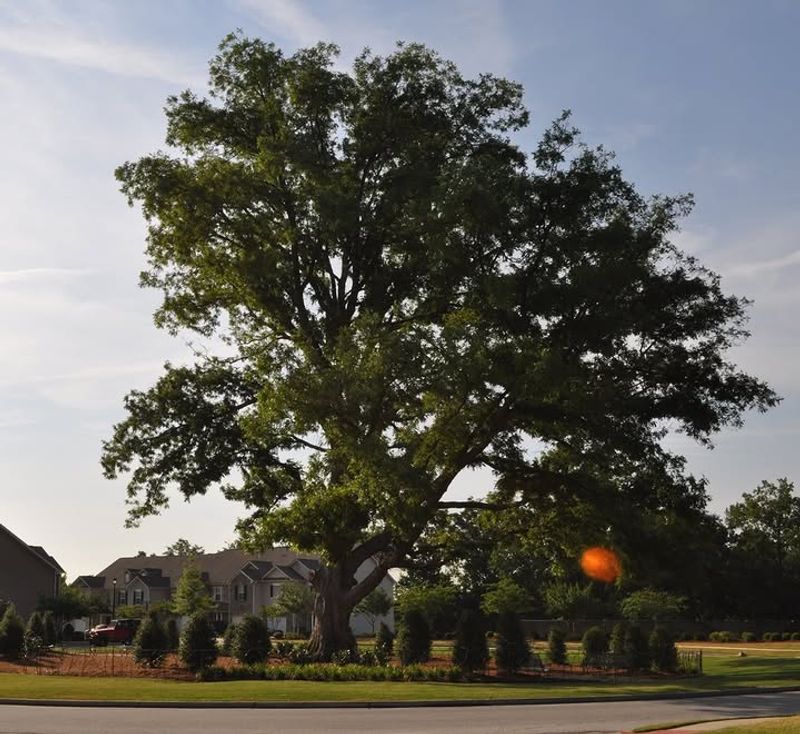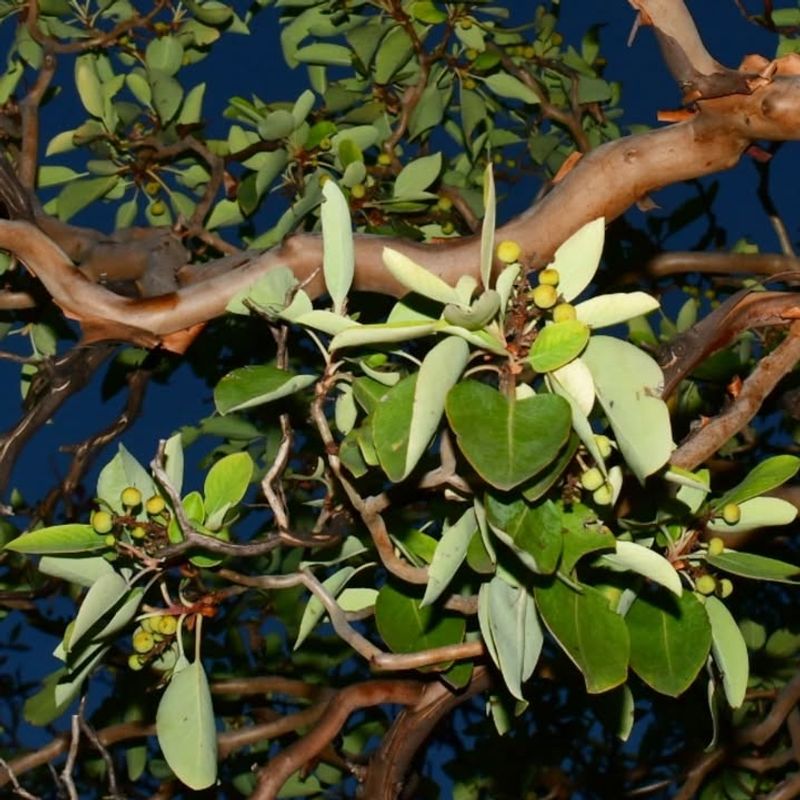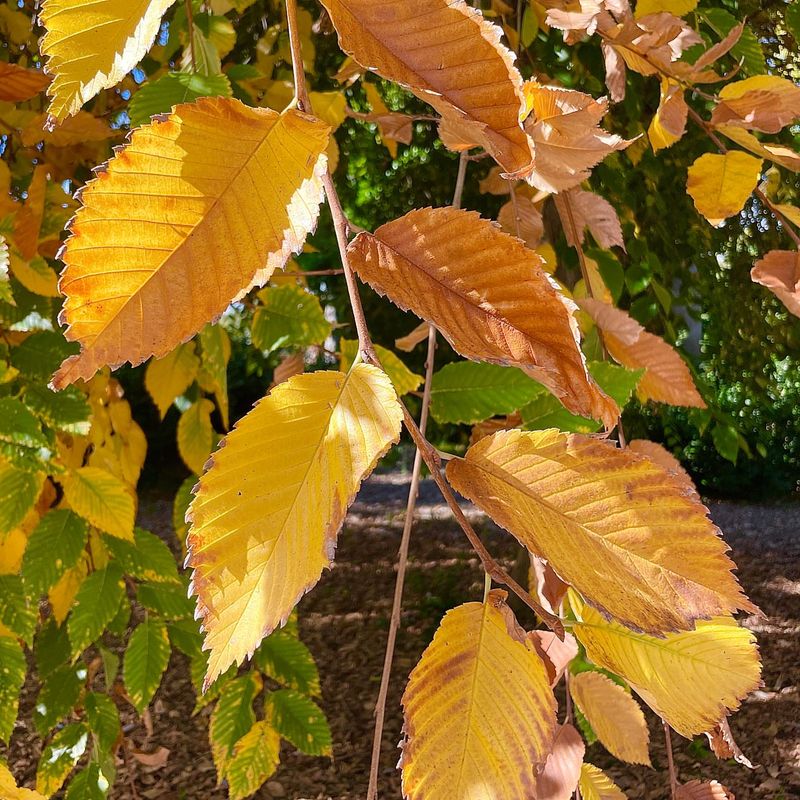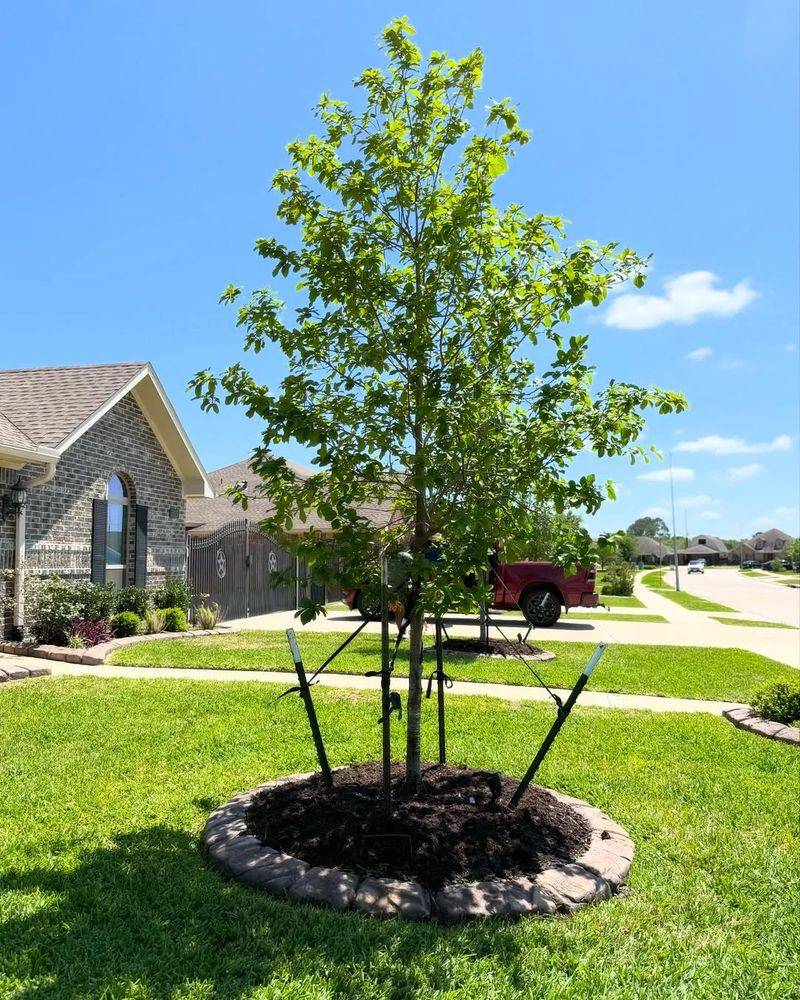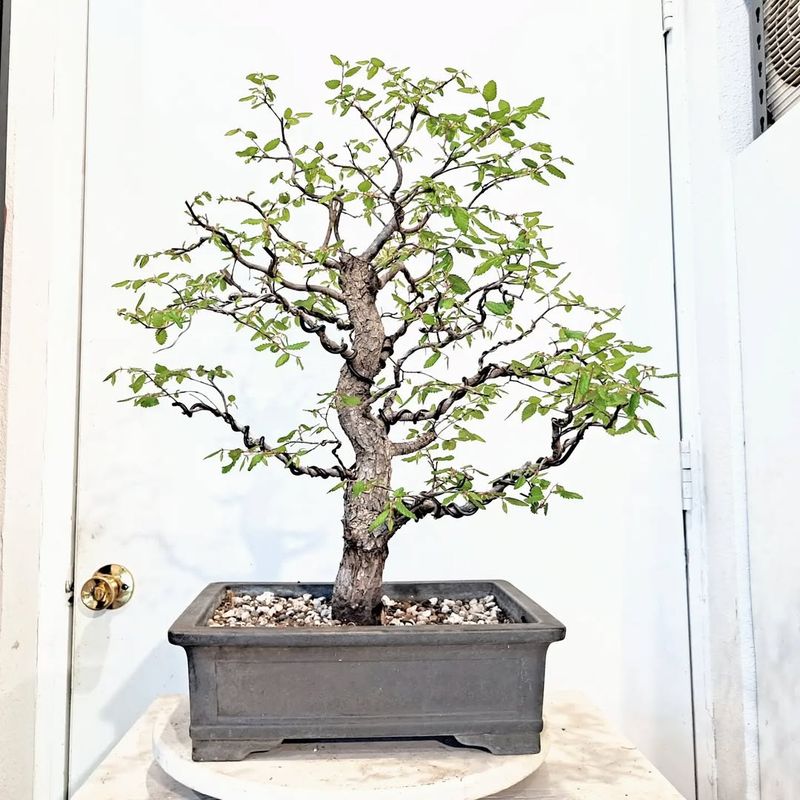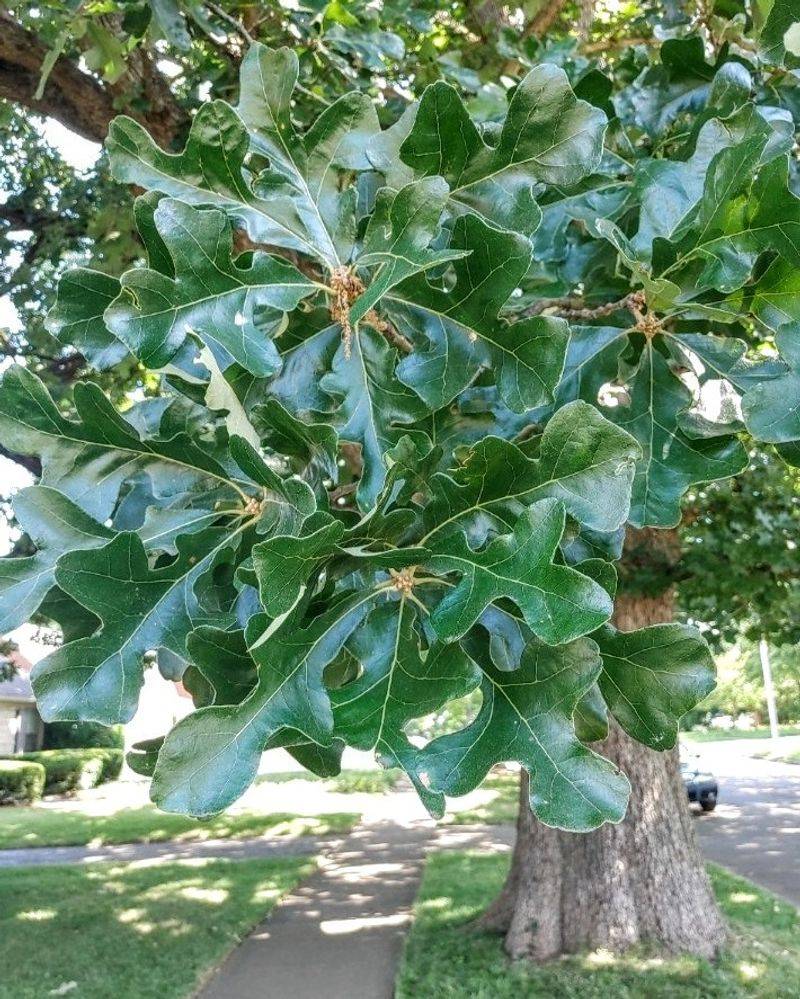Texas takes its trees seriously, and cutting down certain species without permission can land you in hot water. Some trees are protected by state or local laws because they’re rare, historically significant, or vital to the environment.
Before you grab that chainsaw, you better know which trees could cost you hundreds or even thousands of dollars in fines.
1. Live Oak
Live oaks stand as Texas icons, with their massive branches stretching out like protective arms over homes and parks. Many cities across the state have ordinances that specifically protect these beauties, especially older specimens.
Removing one without a permit can result in fines reaching into thousands of dollars. Property owners need to check local regulations before touching these trees.
Their cultural and environmental value makes them worth protecting for future generations to enjoy.
2. Pecan Tree
As Texas’s official state tree since 1919, pecans hold special status throughout the Lone Star State. These nut-producing giants provide shade, food for wildlife, and delicious harvests for families.
Several municipalities have enacted protection measures for mature pecan trees on both public and private property. Cutting one down without proper authorization could mean hefty fines and mandatory replacement costs.
Always consult your city’s tree ordinance before making any removal decisions involving pecans.
3. Bald Cypress
Bald cypress trees thrive in Texas wetlands and along waterways, creating critical habitat for countless species. Their unique root systems help prevent erosion and filter water naturally.
Because of their ecological importance, many areas protect these ancient-looking trees through environmental regulations. Removing them, especially near protected waterways, can trigger serious penalties from both state and federal agencies.
Check with environmental authorities before considering removal of any cypress on your land.
4. Texas Madrone
With its stunning red bark that peels away to reveal smooth, cinnamon-colored wood underneath, the Texas madrone is absolutely breathtaking. Found mainly in the Hill Country, this rare native species faces habitat loss and disease pressures.
Its limited range and ecological vulnerability have led to protection efforts in certain areas. Landowners who remove these trees without proper permits may face substantial fines.
Conservation organizations actively work to preserve remaining madrone populations across Texas.
5. American Elm
American elms once lined streets across Texas cities, creating beautiful canopies that cooled neighborhoods during scorching summers. Dutch elm disease decimated their numbers, making survivors particularly precious.
Many Texas communities now protect remaining healthy elms through heritage tree programs and strict removal regulations. Fines for unauthorized cutting can be severe, especially for large, historic specimens.
If you have an elm on your property, consider it a treasure worth preserving and protecting.
6. Monterrey Oak
Native to northeastern Mexico and parts of South Texas, Monterrey oaks have become beloved landscape trees throughout the state. Their evergreen nature and drought tolerance make them valuable in urban environments.
Some municipalities include them in protected tree lists, particularly when they reach significant size or age. Removal without permits can result in fines and requirements to plant replacement trees.
Always verify local tree protection ordinances before removing any mature Monterrey oak from your property.
7. Cedar Elm
Cedar elms grow naturally throughout Texas, adapting well to various soil types and weather conditions. Their fall blooms provide late-season nectar for pollinators when few other sources exist.
Urban forestry programs in many Texas cities protect mature cedar elms as part of comprehensive tree preservation ordinances. Cutting them down without authorization can lead to significant financial penalties.
These hardy natives deserve respect and protection as valuable components of Texas’s natural heritage and urban forest canopy.
8. Post Oak
Post oaks define entire regions of Texas, giving their name to the Post Oak Savannah ecological area. Their strong, durable wood and ecological importance have earned them protection in numerous communities.
Mature specimens often fall under heritage tree ordinances, and removing them requires permits and sometimes arborist evaluations. Violations can result in substantial fines plus mandatory replanting of multiple replacement trees.
Respect these stalwart natives by following all local regulations before considering any removal.

